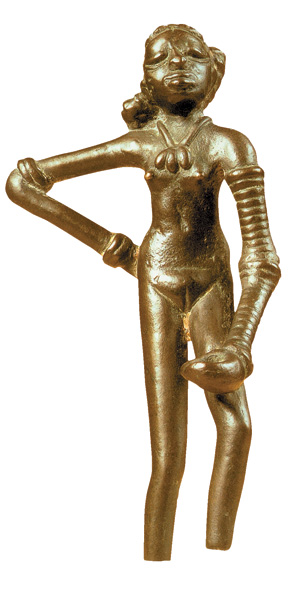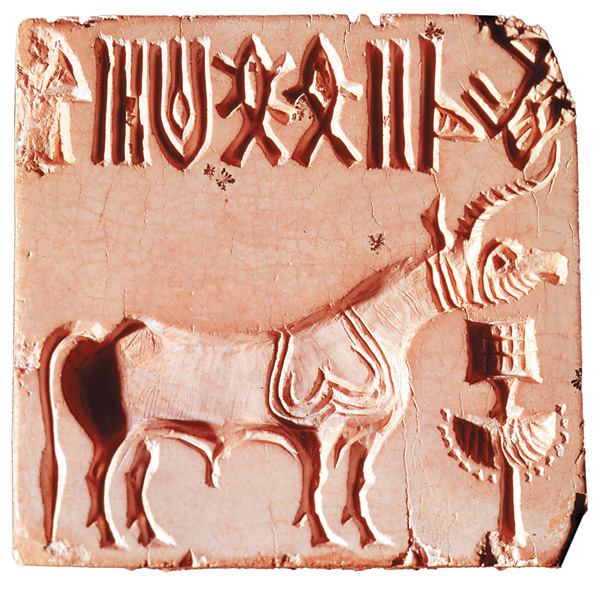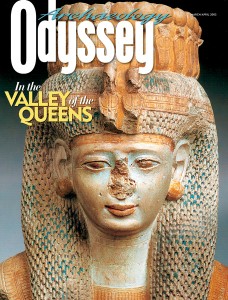India Before the Mauryans
Sidebar to: East Meets West

During the third and second millennia B.C., the Harappan civilization (also called the Indus Valley civilization) flourished throughout northern India. This culture developed a regular system of town planning, as seen in two great cities at Harappa and Mohenjo Daro. The Harappan remains include carnelian beads, terracotta and bronze statuettes (such as the bronze “dancing girl” from Mohenjo Daro), as well as seals depicting animals and inscribed with a script that has not yet been deciphered.

The Harappan civilization came to an end in the early second millennium B.C. The following period is often called a dark age by scholars, because little of it has survived in the archaeological record. One small group of objects, the Diamadabad Bronzes (c. 1500–1050 B.C.), has been found in western India. These bronzes—consisting of oxen, a rhinoceros, a buffalo and an elephant—suggest that the so-called dark age may in fact have supported vigorous artistic traditions, if only in media like wood that do not survive in damp climates.
Already a library member? Log in here.
Institution user? Log in with your IP address.

